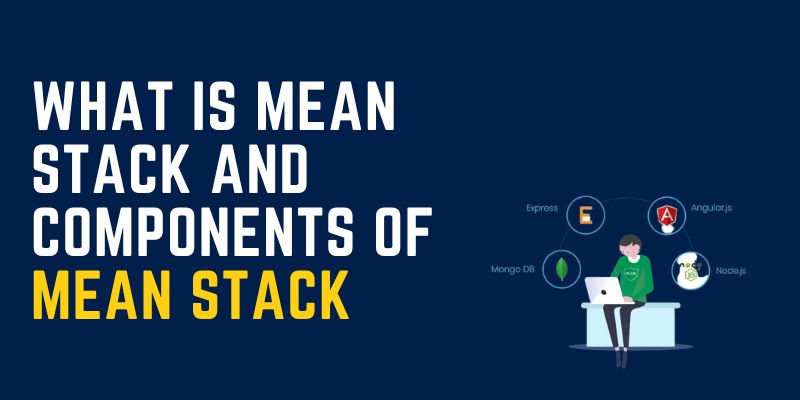
Introduction
The uniformity that results from MEAN being entirely JavaScript is a significant component of its attractiveness. Every element of the application, from the objects in the database to the client-side code, is written in the same language, making life easier for developers. This constancy contrasts with LAMP, which has long been a mainstay of web application developers. The term LAMP, like MEAN, stands for Linux, the Apache HTTP Server, MySQL, and either PHP, Perl, or Python. There is not much of a connection between any two pieces of the stack. If you want to learn more about MEAN Stack, then join MEAN Stack Training in Chennai with certifications and placement support for your career development.
What is MEAN Stack?
The MEAN stack is a software stack made completely in JavaScript, which is a collection of the technological layers that comprise a contemporary application. MEAN symbolizes JavaScript’s introduction as a “full-stack development” language that can handle every aspect of an application, from the front end to the back end. The components of the stack are represented by each of the initials in MEAN:
Mongo DB:
Express
Angular
Node JS
Components Of MEAN Stack
MongoDB
MongoDB employs a schema-less design, just like other NoSQL database systems. Data is kept and accessed in the form of JSON-formatted documents, which can contain nested fields in any number. Due to its adaptability, MongoDB is a good choice for developing applications quickly when dealing with rapidly changing requirements.
There are several restrictions while using MongoDB. One is that MongoDB is known for being unsafe by design. You must take precautions to safeguard it if you deploy it in a production setting. It will take some time for developers coming from relational databases or even other NoSQL systems to understand MongoDB and how it functions. Join Mean Stack Course in Chennai with certifications and placement support for your career development.
Express JS
Perhaps the most popular Node.js web application framework is Express. Express is essentially a rudimentary, programmable web server with a modest set of core functionality, but it may be expanded through plug-ins. Express’s simplicity of design contributes to its performance and minimal weight.
Although it’s undoubtedly a typical scenario, there is no requirement that a MEAN app must be given directly to customers via Express. An alternate architecture involves setting up a reverse proxy in front of Express using a different web server, such as Nginx or Apache. This makes it possible to offload tasks like load balancing to a different resource.
The front end of a MEAN application is constructed using Angular (formerly AngularJS). In order to offload a large portion of the work involved in producing a web page to the client, Angular formats server-provided data in HTML templates using the JavaScript feature of the browser. The front end of Angular is used to build many single-page web applications.
Node JS
Node.js, the JavaScript runtime that drives the server side of the MEAN web application, is the last but by no means the least important component. The JavaScript engine used by the Chrome web browser, Google’s V8, provides the foundation for Node. Node has several performance advantages over conventional web servers like Apache due to its cross-platform functionality and ability to run on both servers and clients.
Compared to conventional web servers, Node.js has a new method of handling web requests. In the conventional method, the server forks a new process or creates a new thread of execution to handle the request. Although thread spawning is more effective than forking procedures, both include significant overhead. A system with many threads may require too many CPU cycles to handle thread scheduling and context switching, which adds delay and places restrictions on throughput and scalability.
Attention Reader! Join Mean Stack Classes in Chennai with certification and placement support for your career development.
Conclusion
I hope that this blog helps you to get some valuable information about MEAN Stack. If you want to learn more about MEAN Stack then join FITA Academy because it provides you training from real-time working experts with certification and placement support for your career development.
